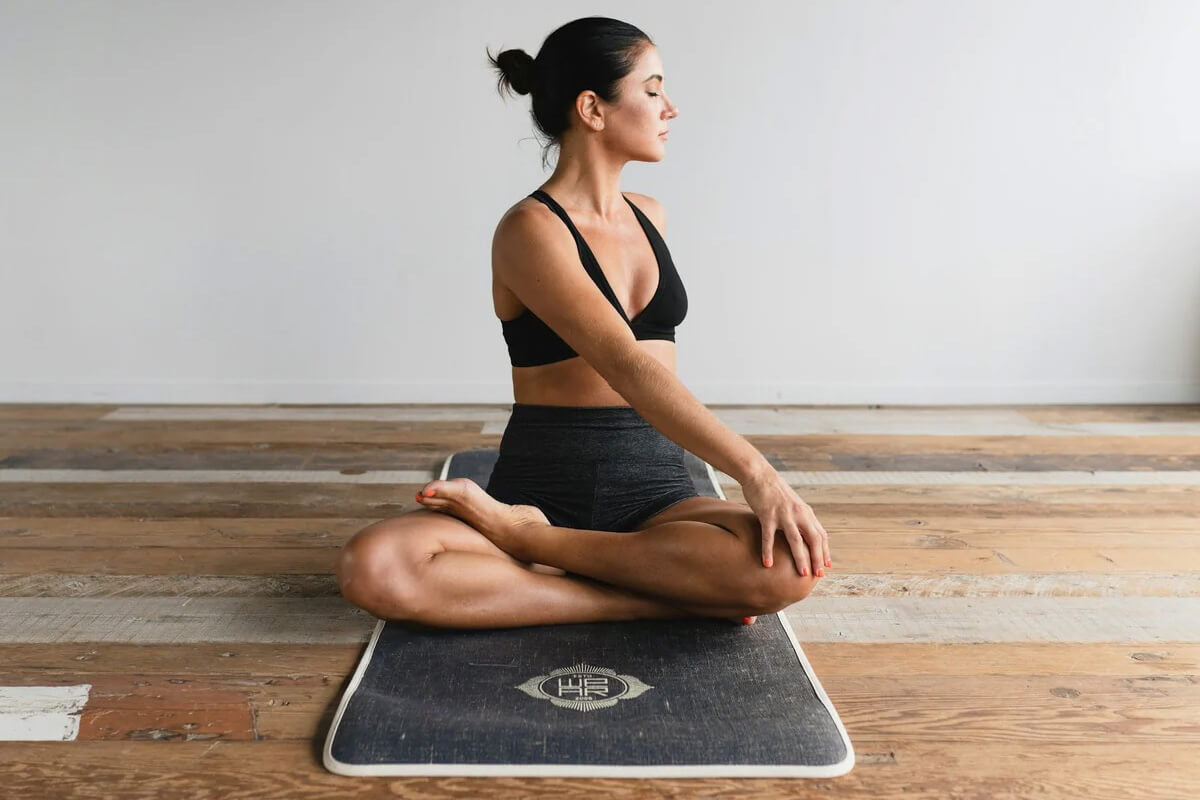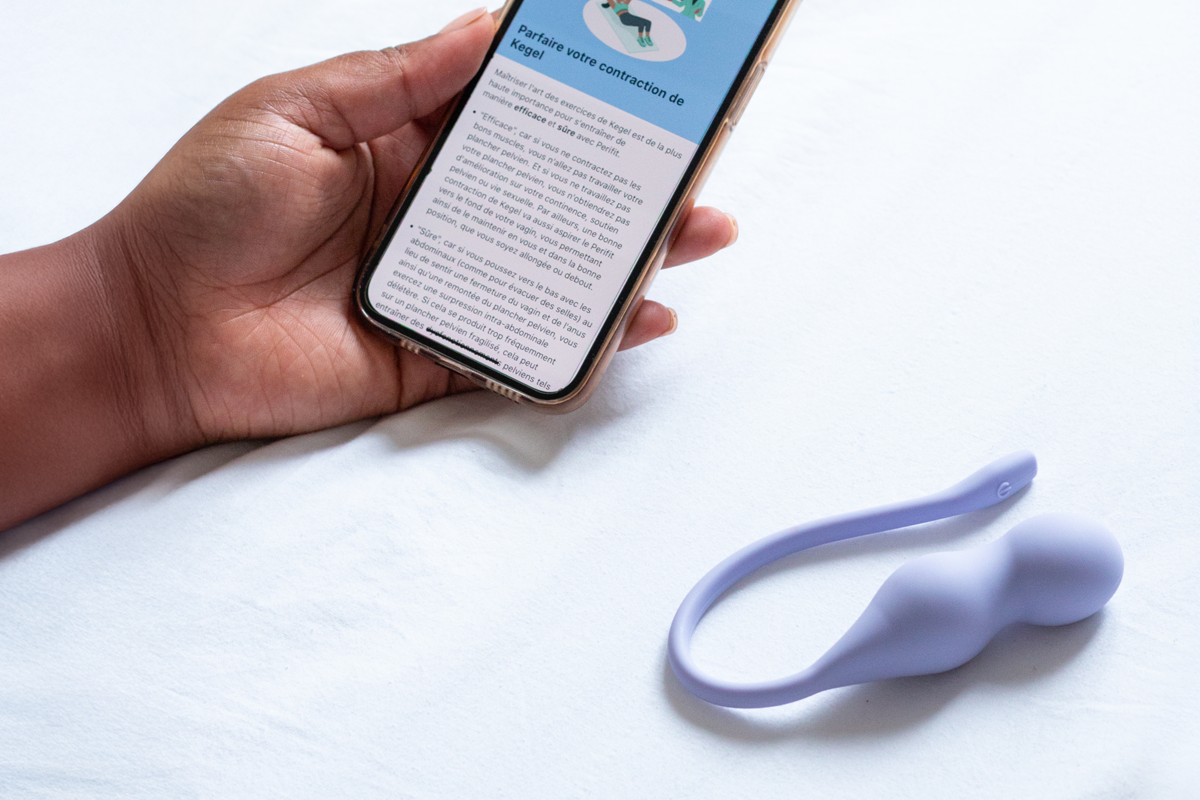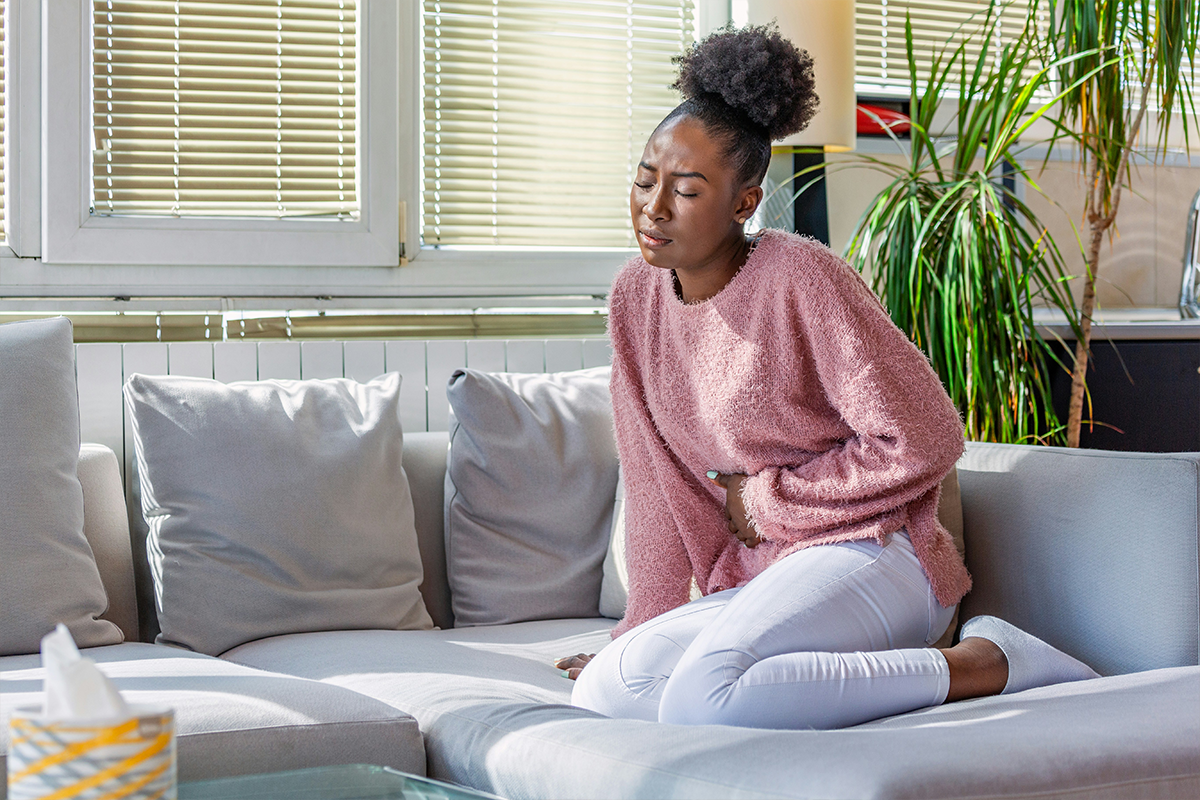Are you tired of those embarrassing leaks and constant bathroom trips? Urinary incontinence can be a real pain, but you're not alone. Millions of people deal with this issue every day. The good news? There are plenty of natural remedies that can help you regain control. From lifestyle changes to pelvic floor core exercises, we've got you covered with 9 effective solutions. Ready to say goodbye to those unexpected dribbles? Let's dive into these game-changing remedies that'll have you feeling confident and leak-free in no time!
1.Pelvic floor exercises
Strengthening your pelvic floor muscles is one of the most effective natural remedies for incontinence. These exercises, also known as Kegels, can significantly reduce urine leakage. First identify the right muscles by trying to stop urine flow midstream (1). Then, tighten these muscles for 3 seconds and relax for 3 seconds. Aim for 3 sets of 10-15 repetitions daily.
The benefits of Kegel exercises for women include improved bladder control, reduced stress and urge incontinence, increased sexual pleasure, and support pelvic organs. Regular strengthening of the pelvic floor muscles can help women regain control of their bladder and enjoy an active lifestyle free from leaks.
💡 For optimal results, consider using a Kegel exerciser with biofeedback technology or electrostimulation. With consistent practice, you can expect to see improvements in urinary incontinence symptoms within a few weeks to months.
2. Electrostimulation and biofeedback
Electrostimulation
Electrostimulation is a cutting-edge natural remedy for incontinence that can boost pelvic floor training. This technology works by providing electrical impulses to contract pelvic floor muscles, helping women perform Kegel exercises more effectively. According to research, electrostimulation combined with pelvic floor muscle training showed significant benefits in treating stress urinary incontinence and pelvic floor dysfunction in women. Electrostimulation devices deliver mild electric currents to the pelvic floor muscles, which contract in response. This stimulation helps strengthen the muscles and train them to contract on command. With regular use of an electrostimulation device along with consistent Kegel exercises, women can expect to see improvements in urinary incontinence symptoms. However, pelvic floor electrical stimulation can cause some side effects such as muscle soreness, skin irritation and fatigue.
Biofeedback
Biofeedback utilizes sensors that identify muscle contractions and other physiological processes within the body. For urinary incontinence, biofeedback technology monitors pelvic floor muscle contractions during Kegel exercises and provides visual or auditory feedback to help patients perform the exercises more effectively. The feedback helps patients identify correct muscle contractions, the strength of contractions and areas for improvement. This allows patients to target and train their pelvic floor muscles in a way that regains bladder control and alleviates incontinence symptoms. Biofeedback technology has been shown to improve the results of pelvic floor muscle training for stress urinary incontinence and other types of incontinence.
The Perifit Care+ Kegel trainer uses biofeedback technology featuring dual sensors that detect pelvic floor contractions and provide visual feedback through a smartphone app. This approach aims to increase precision, motivation, and consistency in your pelvic floor workouts, making it easier to maintain a routine and see results.
3. Weight Loss
Carrying excess weight can put additional pressure on your pelvic floor muscles, increasing the risk of urinary incontinence. Losing just 5-10% of your body weight can significantly reduce incontinence episodes (2). Focus on adopting sustainable lifestyle changes rather than quick fixes:
- Balanced nutrition : Eat a varied diet rich in fruits, vegetables, lean proteins, and whole grains. Limit processed foods and added sugars to create a moderate calorie deficit.
- Regular exercise : Aim for at least 150 minutes of moderate activity per week. This can include brisk walking, swimming, or cycling. Regular exercise not only aids weight loss but also strengthens pelvic floor muscles.
- Mindful eating : Practice portion control and eat slowly to recognize fullness cues. This can help prevent overeating and support your weight loss goals.
4. Bladder training
Bladder training is a highly effective natural remedy for incontinence (3). This technique helps retrain your bladder to hold more urine and extend the time between bathroom visits.
Schedule your trips to the bathroom
Start by keeping a bathroom diary to track your urination patterns. Then, set a schedule for bathroom visits, gradually increasing the time between trips. This approach helps strengthen bladder control over time (4). Normal bladder voiding is every 2-4 hours averaging between 5-8 urinary voids per day.
Practice urge suppression
If you are using the restroom more than 8 times a day, practicing urge suppression is a great way to train your bladder to hold more urine for a longer period of time. When you feel the urge to go, try to hold it for a few extra minutes. Use distraction techniques like deep breathing or counting backwards. Over time, you'll be able to delay urination for longer periods, improving bladder capacity and control.
Stick with your training plan for at least 6 weeks to see results. For additional support, consider using a Kegel exerciser with biofeedback technology to enhance your pelvic floor workouts.
Staying hydrated
Contrary to popular belief, withholding water can be counterproductive. Aim for half your body weight in water. Drink water throughout the day vs large amounts at once to be sure not to overfill the bladder, increasing the urge to urinate. If you are drinking very little water, increase your water by 2-4 oz a day until your daily goal is met. This will help prevent “living in the bathroom”.
5. Dietary changes
Making smart choices about what you eat and drink can significantly impact urinary incontinence symptoms.
Certain foods and beverages may worsen symptoms. The following are considered bladder irritants that trigger the bladder to contract, increasing the need to use the restroom when the bladder is not full to capacity:
- Alcohol
- Caffeine
- Chocolate
- Citrus fruits and juices
- Carbonated drinks
- Spicy foods
Keeping a food diary can help pinpoint personal triggers. Try eliminating potential irritants for a week, then gradually reintroduce them to identify problem foods. Remember, natural remedies for incontinence often start with simple dietary adjustments.
Reducing fluid intake a few hours before bedtime and avoiding alcohol and caffeine can help manage bladder control issues. However, it's crucial to maintain adequate hydration throughout the day to maintain good bladder function and prevent bladder irritation.
6. Magnesium and vitamin D
Feeling the urge to boost your nutrient intake? These two powerhouse vitamins might just be the natural remedies for incontinence you've been searching for.
Magnesium
This mineral marvel has been known to helps relax muscles and reduce bladder spasms. Try incorporating magnesium-rich foods like leafy greens, nuts, and whole grains into your diet. Your bladder will thank you!
Vitamin D
Don't let the "sunshine vitamin" fool you - it's not just for strong bones. Vitamin D plays a crucial role in pelvic floor muscle strength. Spend some time outdoors or consider a supplement to give your pelvic floor a natural boost.
💡 While these nutrients can help, they're not a substitute for targeted exercises. Perifit's Kegel exercisers with biofeedback technology offer a fun, effective way to train your pelvic floor and combat incontinence.
7. Smoking cessation
Quitting smoking is a powerful way to improve your overall health and reduce urinary incontinence. Nicotine replacement therapy can help overcome intense cravings when quitting (5). Consider using patches, gum, or lozenges to ease the transition. Avoiding triggers and delaying urges are also effective strategies.
8. Try herbal remedies
Exploring herbal remedies can offer a gentler approach to managing urinary incontinence.
- Gosha-jinki-gan, a blend of 10 herbs, has shown promise in decreasing urgency and frequency (6).
- Buchu, a South African herb, may promote urinary tract health, while saw palmetto could help ease bladder symptoms.
- Pumpkin seed oil might strengthen pelvic floor muscles, potentially improving control.
💡 A word of caution: While these natural remedies for incontinence can be appealing, it's crucial to approach them carefully. Herbal supplements aren't regulated by the FDA and may interact with medications (7).
Always consult a healthcare provider before trying any new treatment. For a tech-savvy approach to pelvic floor strengthening, consider an FDA-cleared solution such as Perifit's Kegel exercisers with biofeedback, designed to complement your journey to better bladder control.
9. Acupuncture
Acupuncture, an ancient Chinese healing practice, has shown promise as a natural remedy for incontinence. This technique involves inserting thin needles into specific points on the body to restore balance and promote healing.
Studies suggest (8) that electroacupuncture may be particularly effective for overactive bladder symptoms. By stimulating certain acupoints along the bladder meridian, acupuncture may help strengthen pelvic floor muscles and improve bladder control.
While more research is needed, some people report reduced urinary frequency and improved quality of life after acupuncture treatments. It's generally considered safe when performed by a qualified practitioner, though minor side effects like soreness at needle sites can occur.
For those seeking a holistic approach, acupuncture could be worth exploring alongside other natural remedies for incontinence. As always, consult a healthcare provider before starting any new treatment regimen.
There you have it – 9 natural ways to tackle urinary incontinence. Remember, you're not alone in this struggle, and there are plenty of options to explore. From lifestyle tweaks to pelvic floor exercises, these remedies can make a real difference in your daily life. Don't forget to check out Perifit's Kegel exercisers with biofeedback technology – they're a game-changer for strengthening those all-important pelvic floor muscles. Whatever approach you choose, be patient and consistent. With time and effort, you can regain control and boost your confidence. So why wait? Start incorporating these natural remedies into your routine today and take the first step towards a drier, more comfortable tomorrow.
Sources :
- https://www.mayoclinic.org/healthy-lifestyle/womens-health/in-depth/kegel-exercises/art-20045283
- https://www.mayoclinic.org/healthy-lifestyle/weight-loss/in-depth/weight-loss/art-20047752
- https://www.mayoclinic.org/diseases-conditions/urinary-incontinence/in-depth/bladder-control-problem/art-20046597
- https://www.nhs.uk/conditions/urinary-incontinence/treatment/
- https://www.mayoclinic.org/healthy-lifestyle/quit-smoking/in-depth/nicotine-craving/art-20045454
- https://www.webmd.com/urinary-incontinence-oab/ss/slideshow-oab-natural-remedies
- https://www.webmd.com/urinary-incontinence-oab/features/herbal-remedies-overactive-bladder
- https://www.ncbi.nlm.nih.gov/pmc/articles/PMC5841968/





